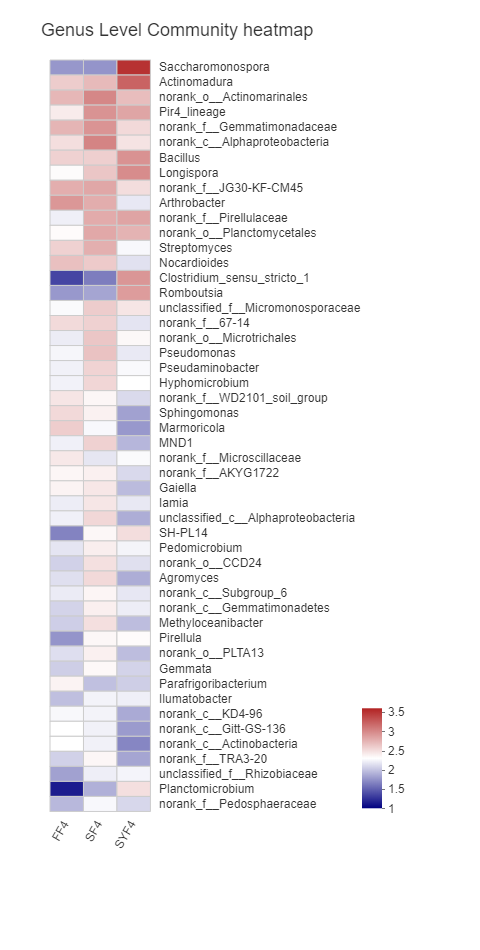Effects of Garlic Rotation and Organic Fertilizer Application on Bacterial Community Structure in Rhizosphere Soil of Continuous Cropping Tomato
DOI:
https://doi.org/10.37256/jba.112021628Keywords:
tomato, continuous cropping obstacle, garlic rotation, organic fertilizer application, soil microorganismsAbstract
16S/18S/ITS's amplicon and metagenome sequencing had been used extensively to investigate the root mi- crobial community structure of crops and model plants. In this study, the rhizosphere soils of the continuous cropping (Control), garlic rotation and organic fertilizer application tomato plants were taken as the test samples, respectively, to measure the microbial community structure and soil enzyme activities. The results showed that both planting modes had significant effects on the microecology of continuous cropping tomato rhizosphere soil. After garlic rotation, the diversity (Shannon index and Simpson index) and relative abundance (Ace index and Chao1 index) of soil bacterial community decreased significantly in the early stage, but increased significantly in the later stage. These changes could be significantly alleviated by the application of organic fertilizer. During the whole growth period of tomato plants, the activities the six soil enzymes (sucrase, catalase, urease, protease, amylase and alkaline phosphatase) were all the highest in the organic fertilizer application plot, followed by the rotation plot and the continuous cropping plot. With the extension of planting time, the activities of soil protease, urease and alkaline phosphatase increased gradually, while that of sucrase decreased gradually. Catalase activity initially increased and then decreased, while amylase activity did not change significantly with time. After garlic rotation, mortality rate of tomato plants decreased significantly, and all growth indexes were significantly better than those of the control treatment. To sum up, garlic/tomato rotation can effectively improve the soil environment and alleviate the continuous cropping obstacle of tomatoes in greenhouse. Moreover, rotation combining with organic fertilizer application can acquire the most obvious mitigation effect.


